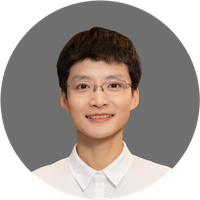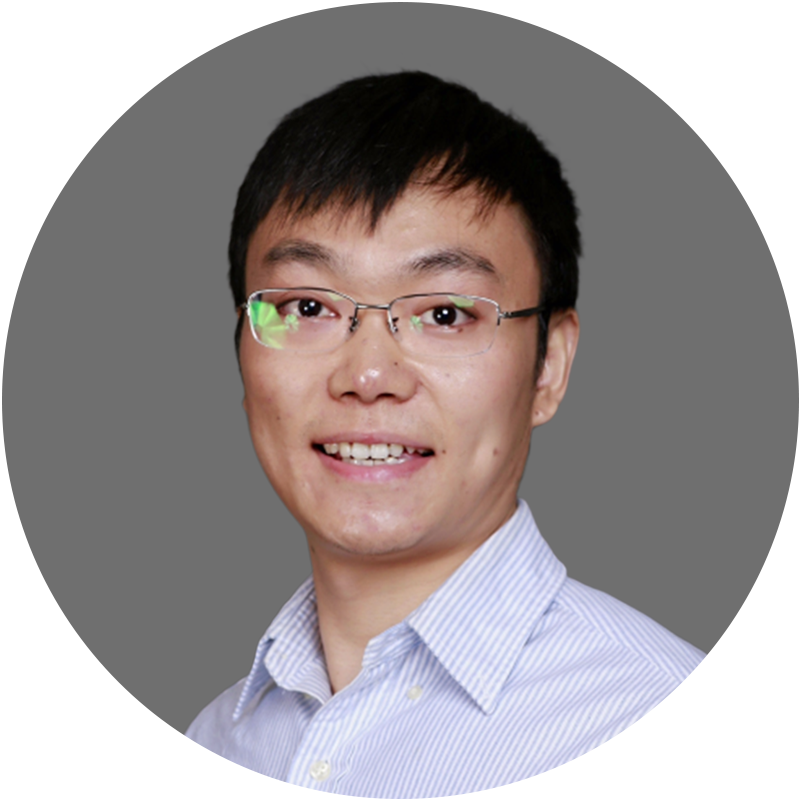Yan developed unprecedented fibers integrating innovative metals, semiconductors, dielectrics and microchips, transforming these ancient yet largely underdeveloped forms into intelligent human-interfaced devices and smart systems.
Inspired by the human auditory system, Wei Yan, for the first, time unraveled the principles, materials, design strategy and mechanisms of a new generation of acoustic textiles that hear and speak. This unprecedented acoustic textile developed by Yan was capable of efficiently converting audible waves of less than 10(−7)-atmosphere pressure into electrical signals with sensitivity on par with or surpassing off-the-shelf condenser and dynamic microphones. This intelligent fiber retains its electrical properties after 3,000 cycles of deformation and the intelligent clothing retains stable performance after ten machine wash tests. The versatility and applicability of acoustic fabrics enable the applications in acoustic direction-measuring garments, bi-directional communication garments, and vests that can interface with the chest auscultates cardiac sound signals. The heart sound signal auscultation vest can achieve comfortable, continuous, and long-term heart monitoring, providing important wearable technology for the prevention and diagnosis of heart disease. The patent for this research result has been purchased, and related companies are promoting the commercialization of acoustic fibers and textiles. The acoustic fabric can be mass-produced using textile machines in the industry.
In addition, based on acoustic textiles sensitive to weak mechanical impacts, he also developed a new type of aerospace textile for detecting space dust. This disruptive technology paves the way for effective monitoring of damage to space stations.
In the direction of fiber brain-machine interfaces, Yan for the first time realized a continuous, large-scale method for the manufacturing of well-ordered, uniform, and nanoscale MGs with arbitrary transverse geometries, controllable feature sizes spanning three orders of magnitude and smallest feature sizes down to 40 nm, and aspect ratios greater than 1010, unachievable with any existing methods.
At the same time, using the metal glass fiber, Yan demonstrated for the first time soft, biocompatible and minimally invasive fiber neural probes that integrate multiple MG electrodes. This allows for long-term in vivo neural stimulation that has never been achieved in the fiber platform, the recording over extended times, and on-demand pharmacological manipulation in the deep brain. The fiber probes are orders of magnitude better than existing fiber-probe systems in terms of device performance and applications, thanks to the stable electromechanical properties of MG materials. This work provides an innovative platform for the dissection of neurological diseases.
In the direction of fiber sensing and imaging, Yan for the first time developed single-crystal semiconducting nanowire-based optoelectronic fibers by control over the anisotropy in the surface energy of crystal planes of the semiconductor. Such flexible and implantable fibers exhibit extraordinary electrical and optoelectronic properties, featuring high photoresponsivity and photosensitivity, and ultrafast response speed, on par with many rigid and planar silicon wafer-based devices.
He also demonstrated the unique capability of this technology for fluorescent imaging based on a single multimodal fiber exhibiting simultaneous efficient optical guidance and excellent photodetecting performance. This technology has laid an important foundation for textile optical sensing and communication.




